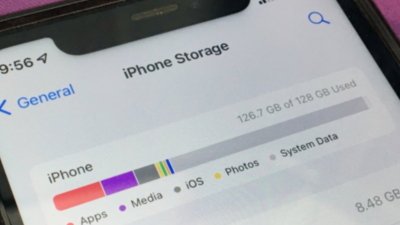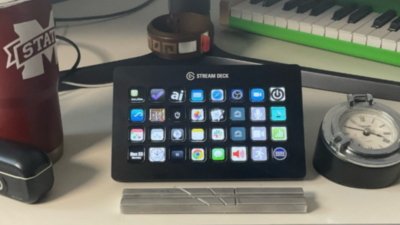Just weeks ahead of its public launch, Apple Inc. has updated the minimum system requirements for its next-generation Leopard operating system to exclude 800MHz PowerPC-based Macs, AppleInsider has learned.
According to people familiar with the matter, engineers for the company recently determined that Leopard installs on 800MHz PowerPC G4 systems ran "too slow." Support for those systems was subsequently pulled from the most recent pre-release copies of Leopard, which inform testers that the software "cannot be installed" on those computers.
Instead, Leopard will now require Macs with "an Intel processor or a PowerPC G4 (867 MHz or faster) or G5 processor." Other system requirements include a DVD drive, built-in FireWire, at least 512MB of RAM (additional recommended), and at least 9GB of hard disk space.
Though seemingly mild, the 67MHz increase will exclude a handful of Mac system, namely the 800MHz PowerBook G4 (Titanium), 800MHz PowerMac G4 (Quicksilver), 800MHz iMac G4, 800MHz iBook G4, and 800MHz eMac.
Looking ahead, those people familiar with Apple development cycles speculate that Mac OS X 10.6 will exclude support for PowerPC-based Macs entirely, requiring that users have one of the company's Intel-based systems which first began making their way to market in early 2006.
Over the weekend, Apple provided developers with Mac OS X 10.5 Leopard build 9A559. The build contained only two known issues and is believed to be one of the first candidates for release.
 Prince McLean
Prince McLean







 Charles Martin
Charles Martin
 Malcolm Owen
Malcolm Owen
 Christine McKee
Christine McKee
 William Gallagher
William Gallagher
 Amber Neely
Amber Neely

 Andrew O'Hara
Andrew O'Hara










82 Comments
That drops my daughter's iMac from the list. My plan though is to install it anyway by putting it in Firewire Disk Target mode and install it from another system. I wonder how my Tangerine iBook will work with Leopard.
That drops my daughter's iMac from the list. My plan though is to install it anyway by putting it in Firewire Disk Target mode and install it from another system. I wonder how my Tangerine iBook will work with Leopard.
Even if you use Firewire Target mode to install it, during bootup it will say "Your system isn't supported." You will have to wait for XPostFacto (did I say it right) to come out with a hack.
Intel Mac for 10.6? WOW that's sooner then I expected. I thought it would be G5 required for 10.6 then Intel for 10.7. All those people who bought systems in first half of 2005 prior to Intel announcement, will be SOL only 4 years after there system was new and even less for people who bought a new PowerPC Mac in 2006.
I have no idea about current plans for 10.6 but it makes sense to ditch the PPC platform only if there are major changes which require high performance CPU and PPC are outdated by that time. Such major changes would take a lot of time as well - 2+ years. This places 10.6 at the beginning of 2009 earliest. In this case, cutting out PPC will be made based on performance, not cross-platform issues. I doubt they will make this, however, because some G5 systems still should be good enough.
Besides, Apple makes decisions on supported hardware based on the standard configurations when they were originally shipped. Almost in all cases adding RAM makes them faster than higher-specked standard configuration.
There could be other reasons like CPU/GPU integration but that is a problem that they will need to address on older Intel hardware as well (especially minis).
Ah, one more thing: if they plan a new filesystem (bootable ZFS or something) that may be a blocker: PPC hardware uses different partition map!
The Steve is being awful generous to let any G4 users install Leopard on their Macs.
Even if you use Firewire Target mode to install it, during bootup it will say "Your system isn't supported." You will have to wait for XPostFacto (did I say it right) to come out with a hack.
No! When the mac is attached as a FireWire disk the installer will check the hardware it runs on, that is, the computer to which the disk is attached to. The only thing you can not make is to install OS on PPC mac from Intel system - the installer will assume incompatible partition map and install the wrong OS version anyway (at least for Tiger, they are different)